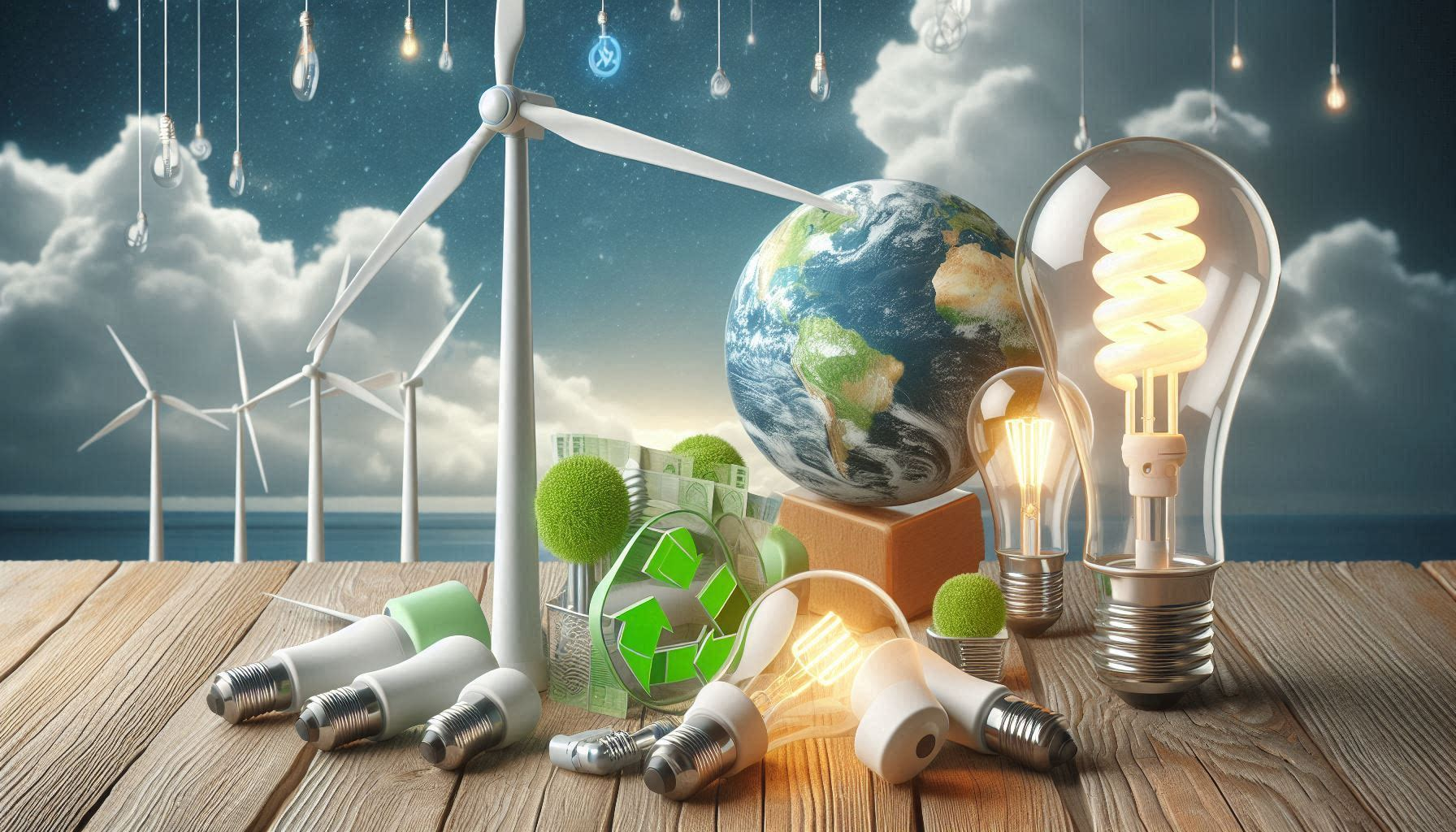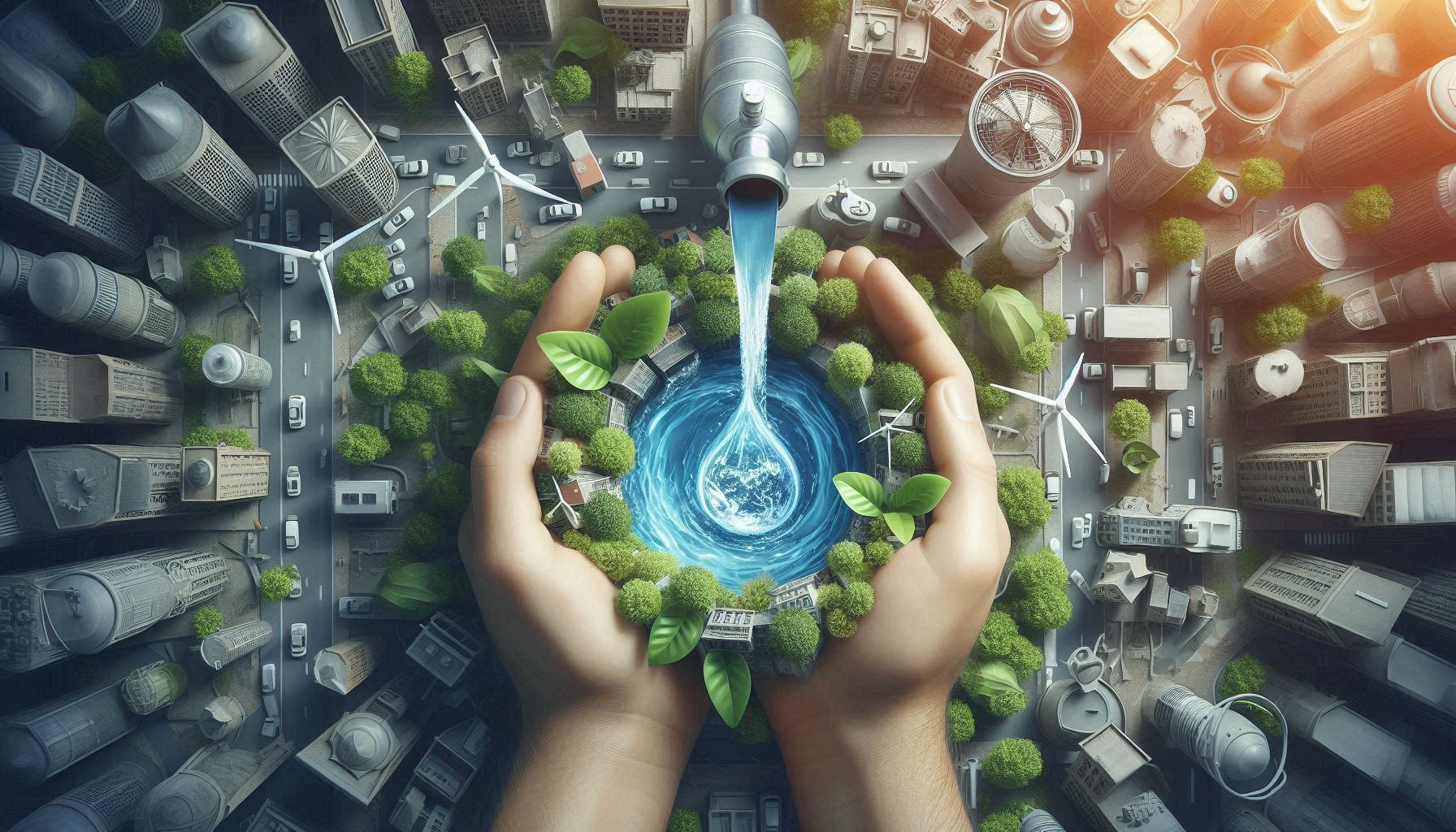
Energy Efficiency and Conservation
Introduction
Energy efficiency and energy conservation are two critical strategies for reducing energy consumption and mitigating environmental impact. While they are often used interchangeably, they have distinct meanings and applications.
Energy efficiency and conservation are pivotal components in the global effort to address climate change, reduce greenhouse gas emissions, and ensure sustainable development. While both terms are often used interchangeably, they refer to different approaches to managing energy consumption. Energy efficiency focuses on using less energy to perform the same task or produce the same outcome, while energy conservation involves reducing or eliminating unnecessary energy use.
Understanding Energy Efficiency
Energy efficiency refers to the method of improving the output of services and products by using less energy. This concept is critical in both industrial processes and daily life. For example, replacing an old incandescent bulb with an LED bulb provides the same amount of light but uses significantly less energy. Similarly, modern appliances, vehicles, and industrial processes are being designed to maximize energy output while minimizing consumption.
Key Areas of Energy Efficiency:
Building Design and Retrofitting:
Insulation: Proper insulation reduces the need for heating and cooling, thus saving energy. Advanced materials and techniques like green roofs, double-glazed windows, and thermal insulation are widely used.
Lighting: Transitioning from traditional lighting to energy-efficient LEDs and incorporating natural light reduces electricity consumption.
Heating, Ventilation, and Air Conditioning (HVAC): Optimizing HVAC systems through programmable thermostats, energy recovery ventilators, and high-efficiency heat pumps can significantly reduce energy use.
Transportation:
Industrial Processes:
Appliances and Consumer Electronics:
Energy Conservation:
A Behavioral Approach
Energy conservation focuses on changing behavior to reduce energy use. It’s about making conscious decisions to avoid unnecessary energy consumption. Conservation efforts can be personal, like turning off lights when not needed, or systemic, such as implementing policies that encourage reduced energy use.
Key Strategies for Energy Conservation:
Behavioral Changes:
Turning Off Unnecessary Lights and Devices: Simple actions like turning off lights, computers, and other electronics when not in use can significantly reduce energy consumption.
Adjusting Thermostat Settings: Lowering the thermostat in winter or raising it in summer, even by a few degrees, can lead to substantial energy savings.
Demand-Side Management (DSM):
Time-of-Use Pricing: Encouraging consumers to use energy during off-peak hours reduces the strain on the grid and can lower overall energy consumption.
Energy Audits: Regular energy audits help identify areas where energy is being wasted, allowing for targeted conservation measures.
Government Policies and Incentives:
Energy Efficiency Standards: Governments often set energy efficiency standards for appliances, vehicles, and buildings, ensuring that they meet minimum efficiency requirements.
Incentives and Rebates: Financial incentives, such as tax credits or rebates, encourage individuals and businesses to invest in energy-efficient technologies and adopt conservation practices.
Education and Awareness:
Public Campaigns: Raising awareness about the importance of energy conservation through public campaigns can lead to widespread behavioral change.
School Programs: Educating students about energy conservation from a young age instills habits that lead to long-term energy-saving behavior.
The Role of Technology in Energy Efficiency and Conservation
Technology plays a critical role in advancing both energy efficiency and conservation. Innovations in smart grids, renewable energy sources, and energy storage are transforming how we produce, distribute, and consume energy.
Smart Grids:
1. Demand Response: Smart grids can adjust the energy supply in real-time based on demand, reducing waste and improving efficiency.
2. Distributed Energy Resources (DERs): Technologies like rooftop solar panels, wind turbines, and battery storage allow for localized energy production and consumption, reducing reliance on centralized power plants and improving overall efficiency.
Renewable Energy Integration:
1. Solar and Wind Power: As the cost of renewable energy technologies continues to decrease, their integration into the grid increases, reducing the need for fossil fuels and improving overall energy efficiency.
2. Energy Storage Solutions: Advanced battery technologies and other storage solutions allow for the efficient use of renewable energy by storing excess energy produced during peak generation times for later use.
Energy Management Systems (EMS):
1. Smart Thermostats and Home Automation: Smart thermostats, lighting systems, and other home automation technologies enable precise control over energy use, optimizing consumption based on real-time data.
2. Building Management Systems (BMS): In commercial buildings, BMS can monitor and control energy use across multiple systems, improving efficiency and reducing waste.


